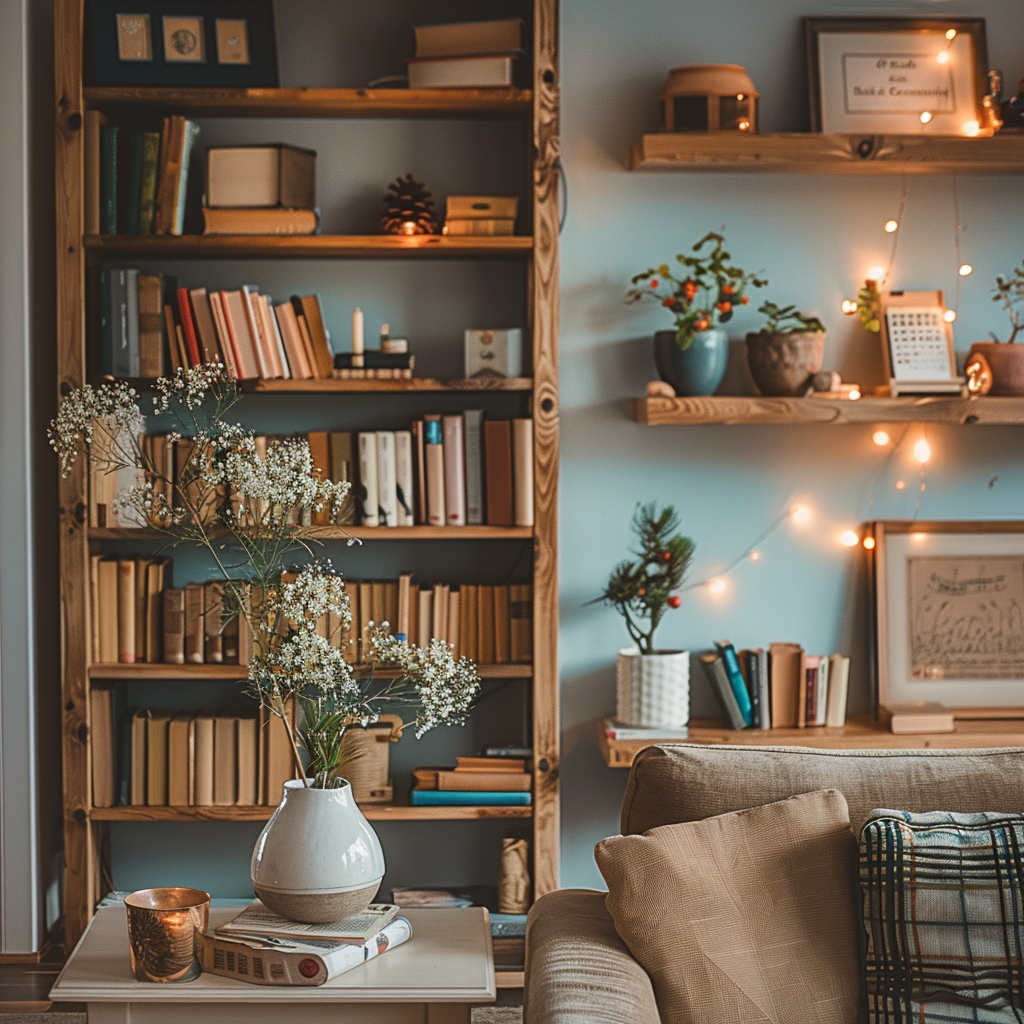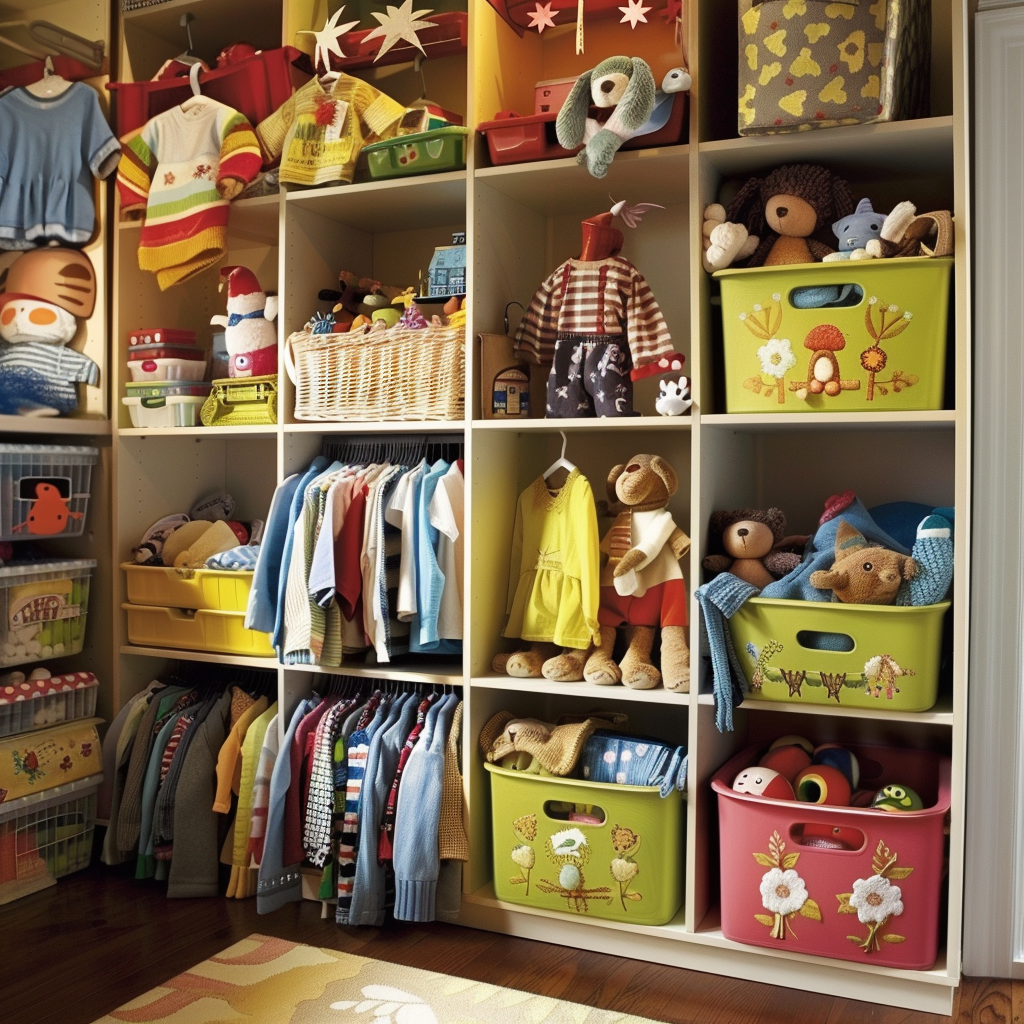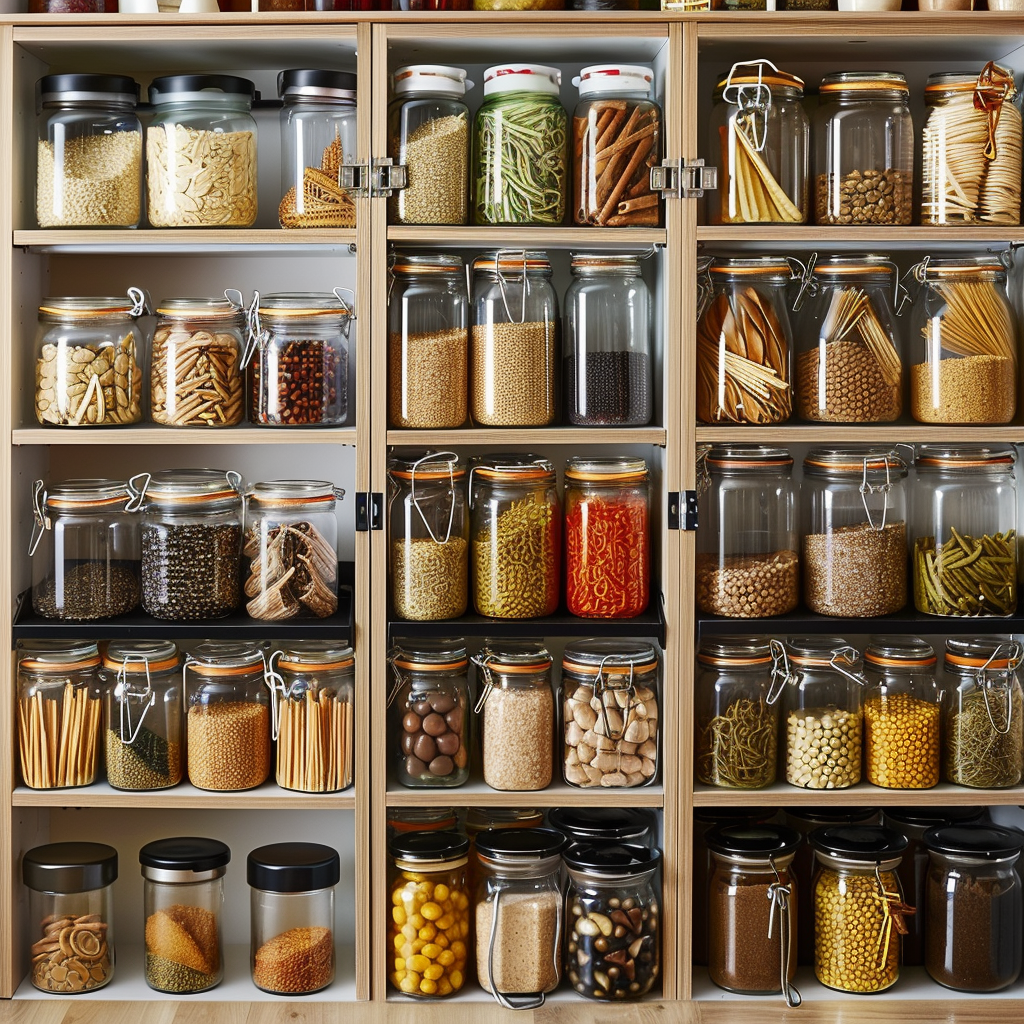Decluttering your home is not just about tidying up; it’s about creating a space that feels calm, spacious, and organized. Whether you’re overwhelmed by clutter or just looking to streamline your surroundings, these tips will help you simplify your space and create a more peaceful living environment.
1. Start Small
Begin decluttering by tackling one area at a time, such as a drawer, closet, or countertop. Starting small allows you to build momentum and experience quick wins, which can motivate you to continue decluttering other areas of your home.
2. Set Clear Goals
Define your decluttering goals and priorities before you begin. Decide what you want to achieve, whether it’s creating more storage space, reducing visual clutter, or minimizing your belongings. Having clear goals will guide your decluttering process and keep you focused.
3. Use the “Three-Box” Method
When decluttering, use the “three-box” method to sort items into three categories: keep, donate/sell, and discard. As you go through each item, ask yourself if it’s something you use regularly, if it brings you joy, and if it serves a purpose in your life. Be ruthless in letting go of items that no longer serve you.
4. Declutter by Category
Organize your decluttering efforts by category rather than by room. For example, tackle all your clothes at once, then move on to books, papers, sentimental items, and so on. This approach allows you to see the full extent of your belongings and make more informed decisions about what to keep and what to let go of.
5. Practice the “One In, One Out” Rule
To prevent future clutter from accumulating, adopt the “one in, one out” rule. For every new item you bring into your home, commit to letting go of an equivalent item. This simple rule helps maintain balance and prevents your belongings from outgrowing your space.
6. Create Designated Spaces
Assign specific places for all your belongings to avoid clutter from accumulating in the future. Use storage solutions such as bins, baskets, shelves, and drawer organizers to keep items organized and easily accessible. Labeling containers can also help you and your family members find things more efficiently.
7. Digitize Paper Clutter
Minimize paper clutter by digitizing important documents, receipts, and paperwork. Invest in a scanner or use smartphone apps to scan and store digital copies of documents in the cloud. This not only reduces physical clutter but also makes it easier to access and organize your paperwork.
8. Let Go of Sentimental Clutter
While sentimental items can be challenging to part with, remember that memories reside in your heart, not in physical objects. Keep only those items that hold significant meaning or bring you genuine joy. Consider taking photos of sentimental items before letting them go to preserve the memories.
9. Schedule Regular Decluttering Sessions
Make decluttering a regular part of your routine by scheduling decluttering sessions on a monthly or seasonal basis. Set aside dedicated time to assess your belongings, purge what you no longer need, and reorganize your space. Consistency is key to maintaining a clutter-free home.
10. Practice Gratitude
As you declutter and simplify your space, cultivate a mindset of gratitude for the items you choose to keep. Appreciate the functionality, beauty, and purpose of each item in your home. By surrounding yourself only with things that bring you joy and add value to your life, you’ll create a space that truly reflects who you are and supports your well-being.
Decluttering your home is a liberating process that allows you to let go of the unnecessary and make room for what truly matters. By following these tips and embracing a minimalist mindset, you can create a more peaceful and harmonious living environment that nurtures your physical and emotional well-being.



